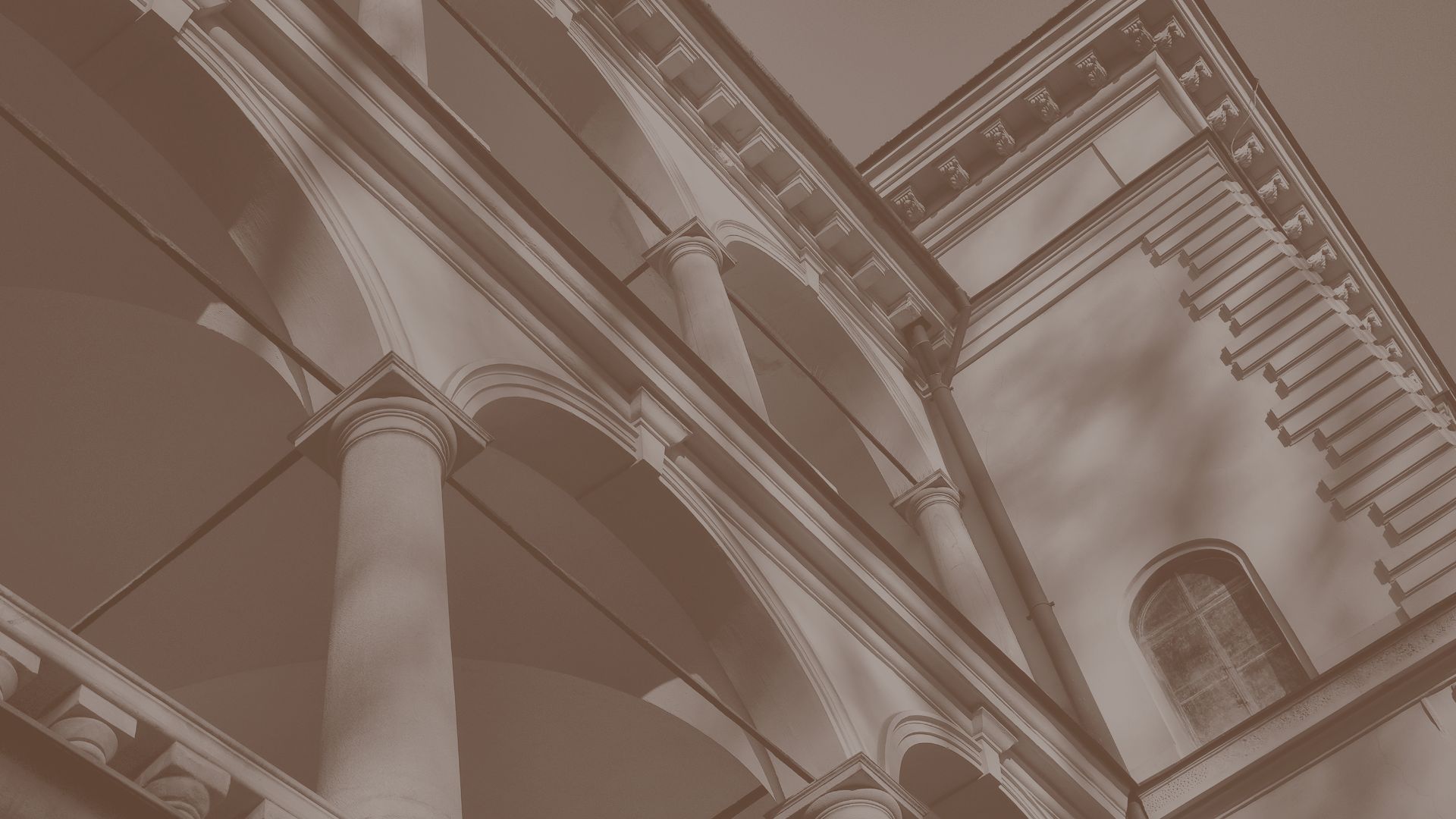In 1528, he bought a village located outside the Krakow, then called Wola Chełmska, stretching along the road leading through the Przegorzalska Pass – a natural depression of the Sikornik hill ridge, separating the Vistula and Rudawa valleys. In addition to the exceptionally well-preserved architectural form, this monument is also a monument of rich history.
In the oldest phase of construction, the villa in Wola Justowska had a plan similar to a square and a three-axis internal layout, with a through hall in the central axis, serving as a “great hall”. The form of the villa, preserved to this day, dates back to the 17th century; during the reconstruction, the core of the building from the 16th century was used, adding a second floor and enriching the building with a façade shaped as a three-story, five-bay arcaded loggia, stretched between two corner alcove turrets. The body of the villa is covered with a high ridge roof.
The historic palace and park complex, apart from the Villa building, also includes two outbuildings: House of Łaski and House of Erazm. In the spring of 1998, after a thorough restoration, a 17th-century outbuilding was opened, which was named Łaski’s House in honor of one of Justus Decius’ friends – Jan Łaski the younger, a supporter of the Reformation. There are eight comfortably furnished rooms that serve scholarship holders of residency programs implemented at Villa Decius. The second outbuilding is the Erazm House, built in 2000 with the funds of the Foundation for Polish-German Cooperation and the City of Krakow (named after another friend of Justus Decius – Erasmus of Rotterdam), which is currently the seat of the Małopolska Institute of Culture.
The complex of buildings is surrounded by one of the oldest parks in Krakow – Park Decius. From the moment of its construction, Villa Decius was surrounded by green areas. The gardens were arranged according to the trends prevailing in each of the epochs, i.e. as a Gothic garden, a romantic park or an English park. During World War II, the park suffered heavily – mainly lindens and hornbeams have survived.
In Decius Park, there is also an original sculpture gallery of prof. Bronisław Chromy, the author of, among others, the statue of the Wawel Dragon or the monument to the Polish Airmen in Krakow. For the construction of the gallery, the already existing structure of the old band shell, built in the 1960s and no longer in use since the 1980s, was used. In Park Decius, we will find many works by the artist, placed in the open air near the gallery, e.g. Sheep moved in front of the University of Agriculture, the Piwnica pod Baranami monument or the Fryderyk Chopin monument, referring to the collection of memorabilia of the pianist, collected by Marcelina Czartoryska – the owner of Villa Decius in the second half of the 19th century – and currently stored in the Czartoryski Museum. In recent years, the Municipality of Krakow has started the process of revitalizing the park, opening the Dragon Square in 2019 – a playground hosted by the herbivorous dragon Decius.
